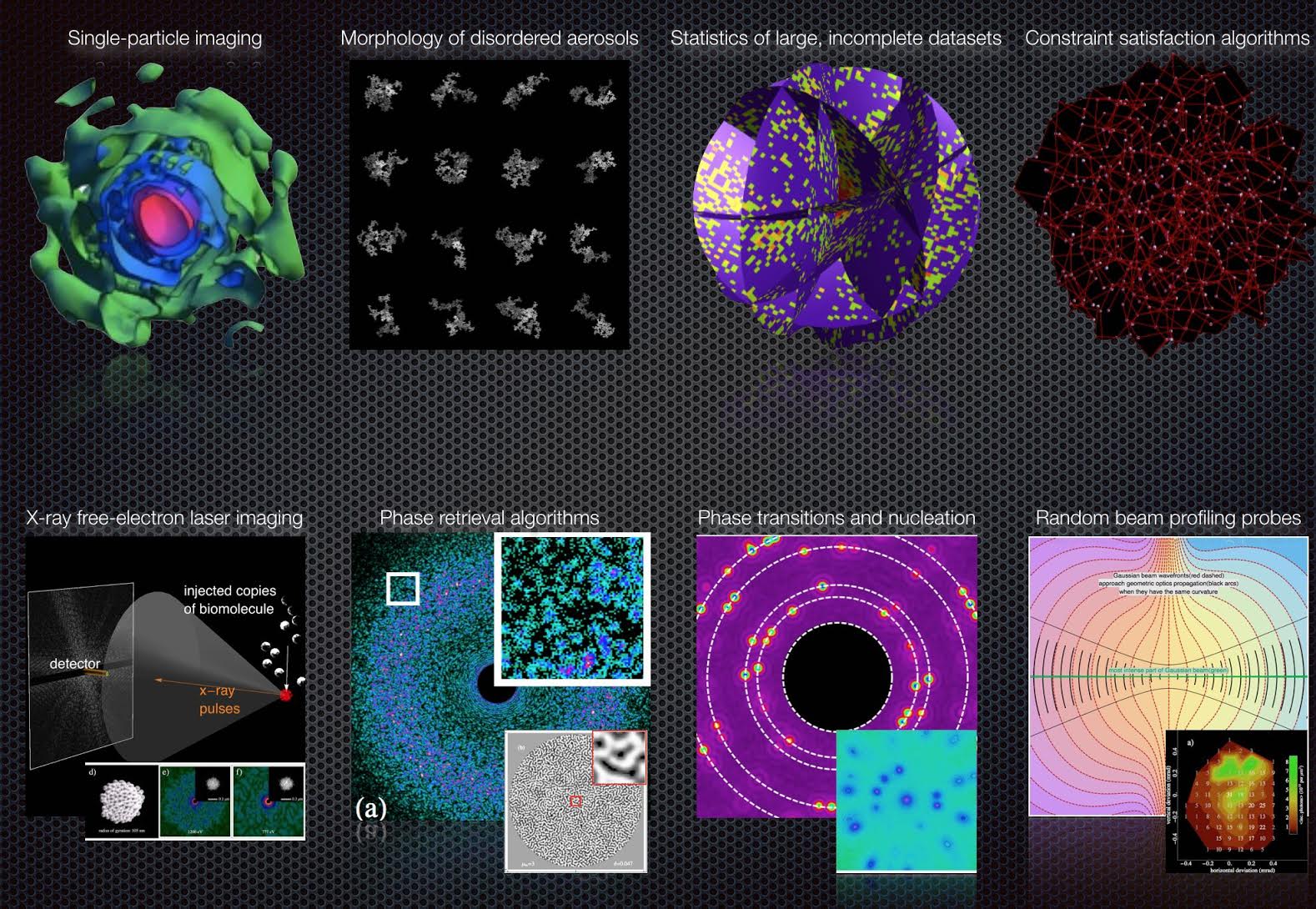HMC Physics Colloquium
Tuesdays at 16:30 in Shanahan Center for Teaching and Learning, Room B460
Duane Loh '04
National University of Singapore
Sept. 25, 2018
Computational lenses replace the role of physical lenses in an imaging instrument with their computational equivalent. An example of this is three-dimensional single particle imaging. Here, the computational lenses classify an unsorted ensemble of measurements to form the most compatible three-dimensional structure from lower-dimensional projections. Specifically, many random and noisy two-dimensional diffraction patterns of individual biomolecules are recorded at high speed. Thereafter, a Bayesian classification algorithm infers the most likely family of three-dimensional structures that is compatible with these measurements.
In many applications of computational lenses, the basic principles behind either the image formation process or the sample-probe interactions have been known for many decades. However, pursuing their consequences are numerically intensive and requires high-fidelity measurements. In the past two decades, owing to faster computers and brighter X- ray/electron sources, many of these principles can now be effectively translated and inte- grated directly into imaging instruments as computational lenses.
In this talk, I will outline the basic principles of computational lenses in high resolution X-ray and electron microscopy, show examples of their applications, describe new applications that our group is currently developing, and speculate on the limitations and opportunities in high resolution X-ray and electron microscopy.



